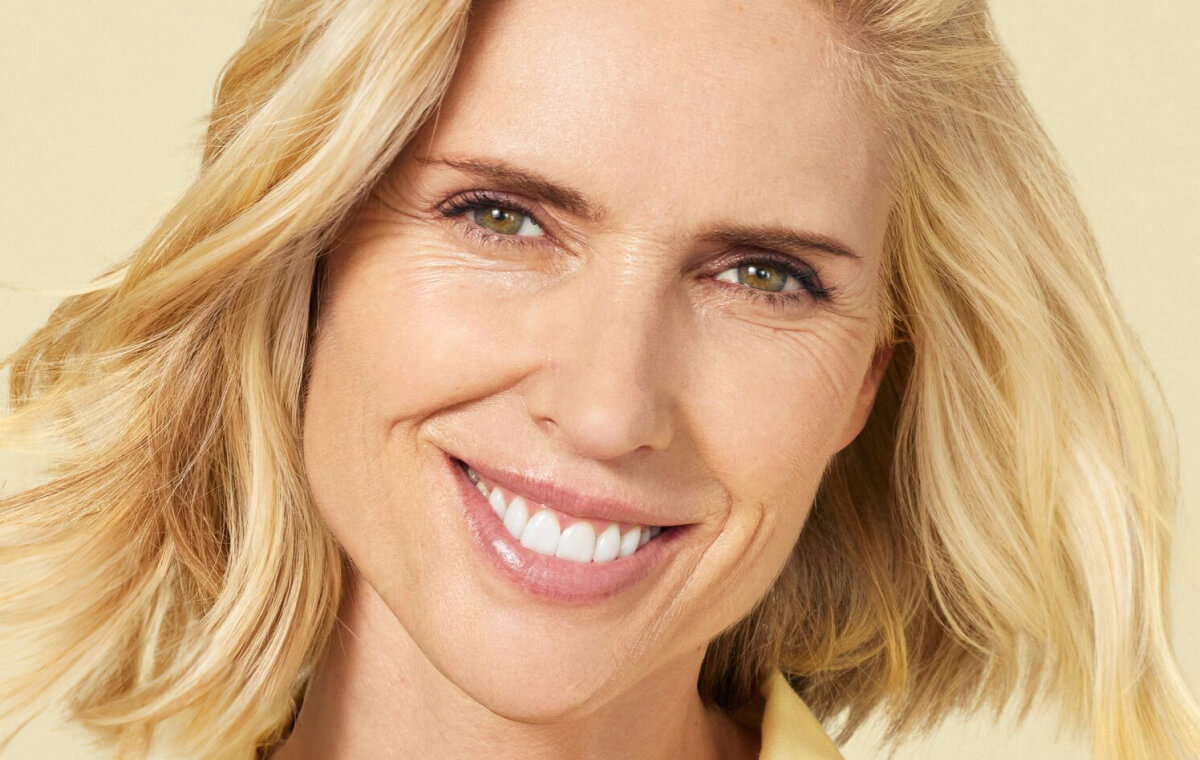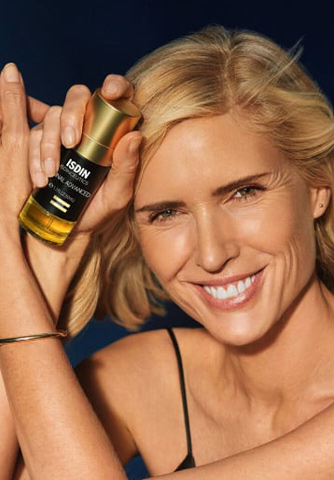Let’s explore what causes under-eye bags, and discover the best ways to reduce puffiness and help get rid of eye bags—fast.
Anti aging
All you need to know about anti aging products, creams and serums, as well as anti aging foods and tips to keep your skin looking young.
Believe it or not, in the majority of cases, the sun is the culprit in making us seem older than we really are. But what exactly is photoaging, and why is it so important?
While we often associate dark under-eye circles with tiredness, they actually have multiple causes and types. Let’s dive in.
Today, we’re talking about wrinkles — understanding, preventing, and minimizing the look of them (if you’d like). But above all, learning how to embrace them.
Even though everyone’s skin is unique, certain changes are common in each decade. Find out what to expect in your 30s.
Aging is, of course, perfectly normal. But, there are a couple of steps you can take to age more gracefully, keeping that healthy, vibrant look. Join us on a well-aging journey — because we’re all in this together!
As it turns out, sugar is a key player in the skin’s aging process. We’re here to explain the definition of glycation and how sugar can contribute to skin aging.
Learn more about our inspiring partnership with Judit Mascó and her commitment to skin health, well-being, and happiness.
Dark spots are usually connected with sun exposure, i.e. sun spots – even though that’s not their only cause. Let’s take a look at what causes them and how to help reduce their appearance.
Wondering how to get rid of forehead wrinkles? You’re not alone. Here are the top tips to help reduce their appearance.
If puffy eyes are part of your everyday look, step away from the cucumber and try these routine tweaks instead! You’ll be surprised how easy it is to follow these 5 tips.
You might have heard that aging is mostly genetic, and while it’s true that genetics do play a part – that’s not the whole story. Your lifestyle has a bigger impact on your skin than you might imagine! Learn how these 5 simple everyday habits can take their toll on your skin.














